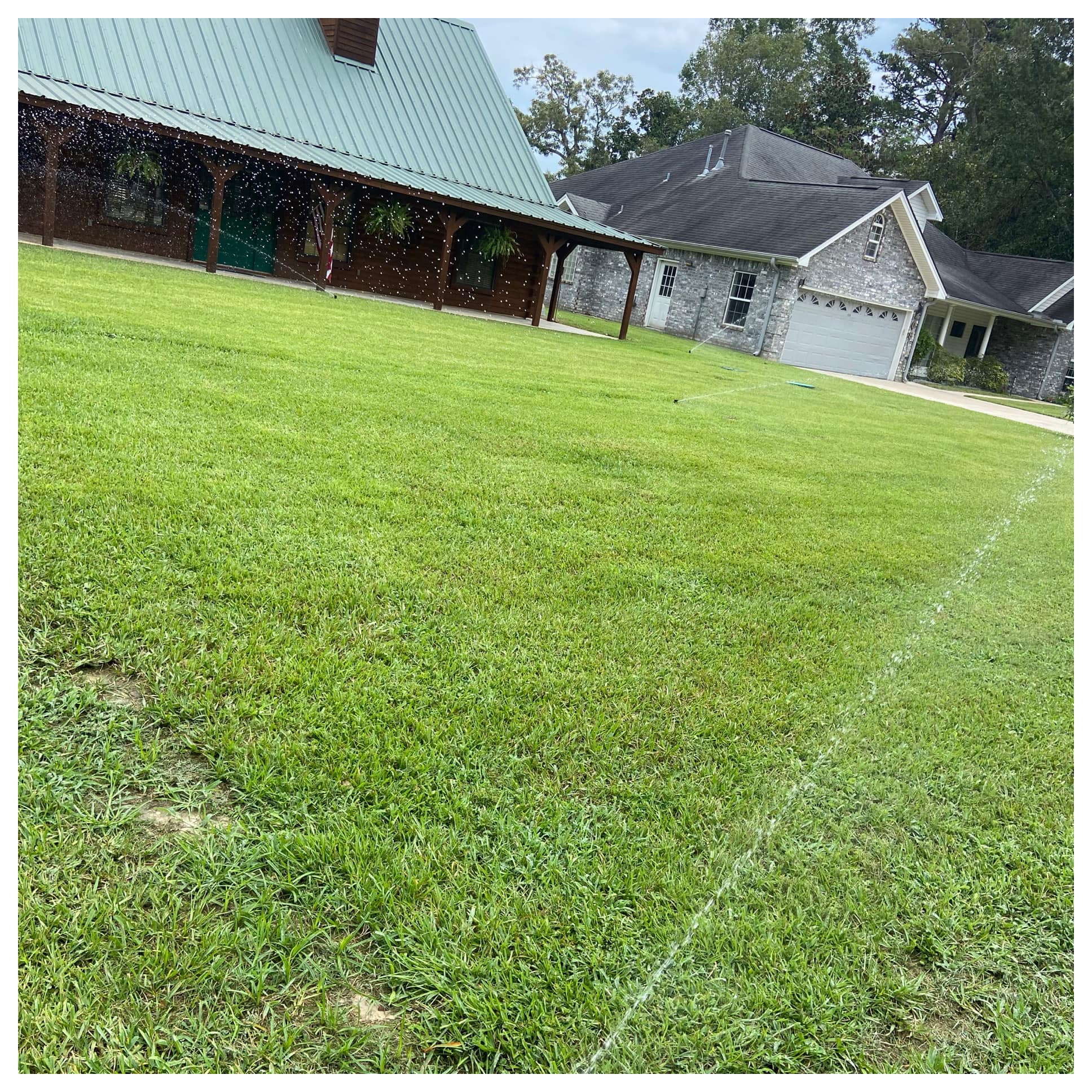
Water-Wise Gardening: Tips for Thriving in Texas Heat Sep 01, 2025
One of the first considerations for a water-wise garden is selecting the right plants. Native plants are an excellent choice as they are naturally adapted to the local climate and require less water to thrive. Species such as the Texas Sage, Blackfoot Daisy, or the Bluebonnet not only bring an aesthetic appeal but also are drought-tolerant. These plants can withstand prolonged periods of heat and limited rainfall, making them ideal for Texas landscapes.
Incorporating mulch into your garden is another vital strategy. Mulch helps retain moisture in the soil by reducing evaporation, keeping plant roots cool, and minimizing weed growth. Organic mulches, such as shredded bark, leaves, or pecan shells, break down over time, adding nutrients to the soil. It's advisable to apply a 2 to 4-inch layer around plants, ensuring they provide optimal coverage without suffocating the roots.
Efficient irrigation is crucial for maintaining a water-wise garden. Drip irrigation systems are far more effective than traditional sprinklers since they deliver water directly to the plant's root zone, minimizing waste through evaporation and runoff. For gardeners who prefer a more manual approach, watering early in the morning or late in the evening can also help reduce water loss due to midday heat and winds.
Grouping plants with similar water requirements can further economize water use. This method, known as hydrozoning, ensures that each section of your garden receives the appropriate amount of water, without over or under-watering plants with different needs. By organizing your garden into similar zones, you optimize water delivery and create a more cohesive landscape design.
Maintaining healthy soil is another crucial element of water-wise gardening. Soil rich in organic matter supports plant health and enhances moisture retention. Regularly aerating your soil can prevent it from becoming compacted, allowing water and nutrients to penetrate effectively. Adding compost can also improve soil structure, providing a continuous supply of organic material that helps retain moisture.
Beyond plant selection and irrigation, consider reducing the size of your lawn. Traditional turf lawns demand significant amounts of water and maintenance. Opting for smaller patches of grass, or replacing grass with groundcovers like thyme or yarrow, can achieve a similar look with far less water use. For areas not used frequently, consider designing rock gardens or using permeable paving options, which add an element of hardscaping while reducing water needs.
In conclusion, implementing water-wise gardening techniques requires thoughtful consideration of plant choices, irrigation methods, and garden design. By adopting these strategies, not only will your Texas garden thrive despite harsh conditions, but you will also contribute to a more sustainable environment. Investing in eco-friendly landscaping practices ultimately benefits both the community and your wallet, reducing water bills and preserving precious resources. With these tips, your garden can become a beacon of beauty and resilience amidst the Texas heat.
/filters:no_upscale()/media/f686e7a5-1495-429e-b38b-9c730801f994.jpeg)
/filters:no_upscale()/filters:format(webp)/media/572046bc-b9be-4ff2-8287-dd1e84bb5ee1.jpeg)